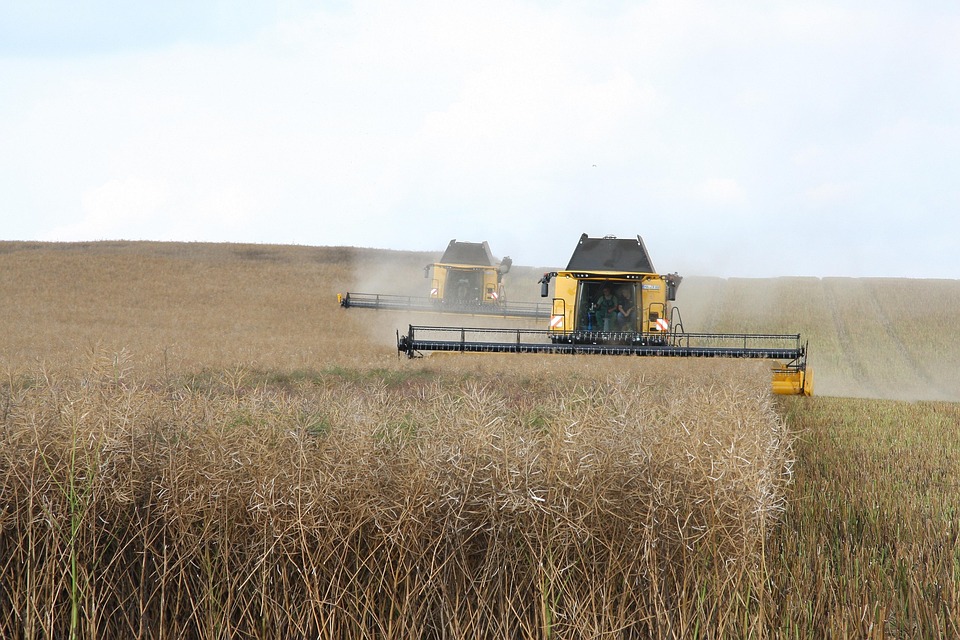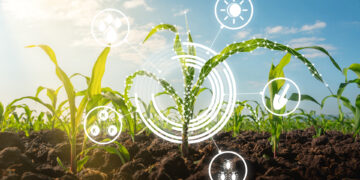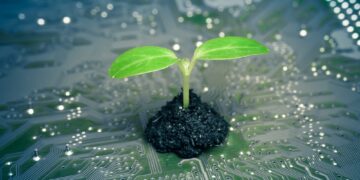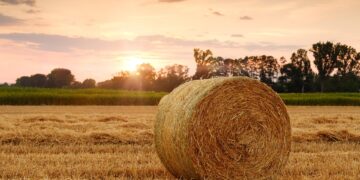[ad_1]
Harvesting Sustainability: Exploring the Benefits of Permaculture
In today’s world, sustainability has become a key focus for individuals, communities, and businesses alike. As we strive to protect the environment and ensure the well-being of future generations, the concept of permaculture has gained significant attention. Permaculture is a sustainable design system that integrates human activities with natural ecosystems to create regenerative, self-sufficient, and productive landscapes. In this article, we will explore the benefits of permaculture and how it can contribute to a more sustainable future.
What is Permaculture?
Permaculture, short for “permanent agriculture” or “permanent culture,” is a holistic approach to designing and managing sustainable systems that mimic natural ecosystems. Developed in the 1970s by Bill Mollison and David Holmgren, permaculture aims to create harmonious relationships between humans, plants, animals, and the environment. By observing and learning from nature, permaculturists design systems that are resilient, diverse, and productive.
Permaculture principles are based on three core ethics: care for the earth, care for people, and fair share. These ethics guide practitioners to make decisions that benefit the environment, promote social equity, and ensure the equitable distribution of resources. Permaculture design principles emphasize working with nature, rather than against it, to create sustainable and regenerative systems.
The Benefits of Permaculture
Permaculture offers a wide range of benefits for individuals, communities, and the environment. Some of the key benefits of permaculture include:
1. Environmental Sustainability
One of the primary goals of permaculture is to create sustainable and regenerative systems that work in harmony with nature. By mimicking natural ecosystems, permaculture designs can help restore degraded landscapes, conserve water and soil, and promote biodiversity. Permaculture practices such as organic gardening, agroforestry, and water harvesting can reduce the use of synthetic chemicals, minimize waste, and enhance ecosystem services.
2. Food Security
Permaculture promotes the production of food in a sustainable and self-sufficient manner. By integrating food production with other elements such as water management, energy systems, and waste recycling, permaculture designs can provide a reliable source of fresh, healthy, and nutritious food. Permaculture gardens, orchards, and livestock systems can yield a diverse range of crops and products while minimizing the reliance on external inputs.
3. Resilience and Adaptability
Permaculture systems are designed to be resilient and adaptable to changing environmental conditions. By using diverse species, polycultures, and integrated designs, permaculture practitioners can increase the resilience of their systems to pests, diseases, and climate variability. Permaculture designs can also be easily scaled up or down to meet the needs of different climates, landscapes, and communities.
4. Community Building
Permaculture fosters community building and social cohesion by encouraging collaboration, sharing, and mutual support. Permaculture projects often involve the participation of local residents, volunteers, and organizations, creating opportunities for learning, networking, and social interaction. By working together to design and implement sustainable systems, communities can strengthen their bonds, build resilience, and improve their quality of life.
5. Economic Viability
Permaculture can also offer economic benefits by reducing costs, increasing yields, and creating new income-generating opportunities. By using natural resources efficiently, minimizing waste, and diversifying production, permaculture systems can increase the economic viability of small-scale farms, homesteads, and businesses. Permaculture principles such as stacking functions, energy cycling, and value adding can help maximize the productivity and profitability of sustainable enterprises.
Common Questions About Permaculture
1. Is Permaculture the Same as Organic Farming?
While permaculture and organic farming share some similarities, they are not the same. Organic farming focuses on avoiding synthetic chemicals and promoting soil health, while permaculture is a holistic design system that integrates multiple elements to create sustainable and regenerative systems. Permaculture encompasses organic gardening as well as other practices such as water harvesting, agroforestry, and energy efficiency.
2. Can Permaculture Be Applied to Urban Areas?
Yes, permaculture principles can be applied to urban areas to create sustainable and productive landscapes. Urban permaculture focuses on maximizing the use of space, resources, and energy in cities and towns. By incorporating elements such as rooftop gardens, community orchards, rainwater harvesting, and composting, urban permaculture projects can help reduce urban heat islands, improve air quality, and promote local food production.
3. How Can I Get Started with Permaculture?
If you are interested in learning more about permaculture and getting started with your own projects, there are several resources available to help you get started. You can attend permaculture design courses, workshops, and events to learn about the principles and practices of permaculture. You can also join local permaculture groups, networks, and projects to connect with like-minded individuals and gain hands-on experience in designing and implementing sustainable systems.
Conclusion
In conclusion, permaculture offers a holistic and sustainable approach to designing and managing regenerative systems that benefit the environment, promote food security, build resilience, foster community, and enhance economic viability. By integrating permaculture principles and practices into our daily lives, we can contribute to a more sustainable and prosperous future for ourselves and future generations. Whether you are a farmer, gardener, homesteader, or urban dweller, permaculture offers practical solutions to complex environmental, social, and economic challenges. Start exploring the benefits of permaculture today and harvest sustainability for a better tomorrow.
[ad_2]







